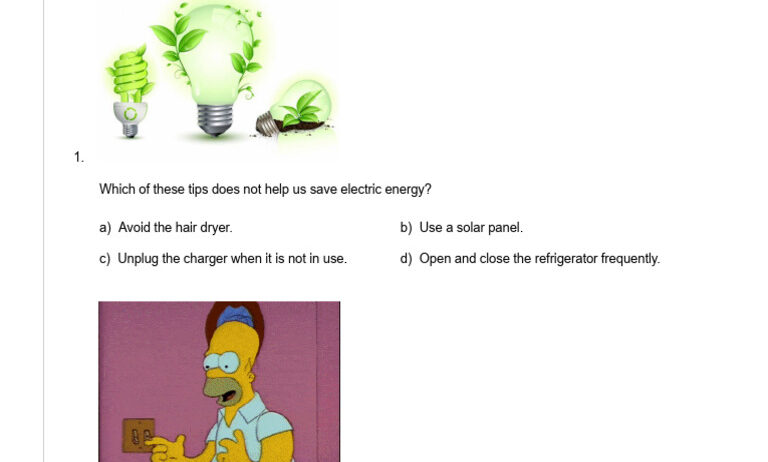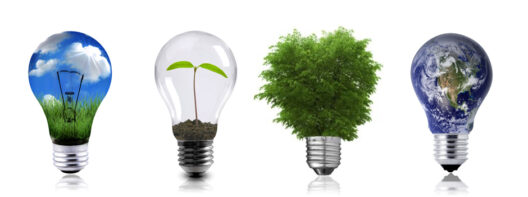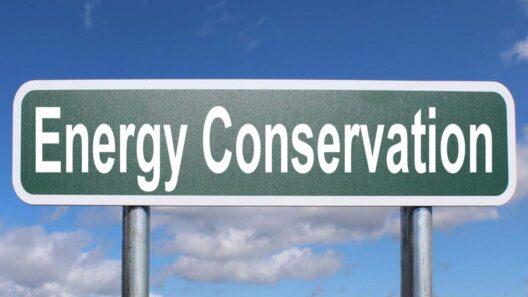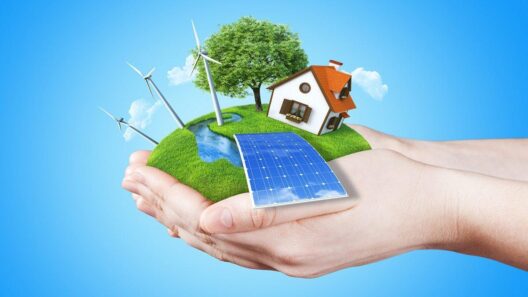Conserving electrical energy is an essential endeavor that can lead to monumental shifts in the way we interact with our environment. Each small choice we make can culminate in significant benefits, transforming both our ecological footprint and our economic situation. Let’s delve into the myriad of simple actions that promise a big impact when integrated into daily routines.
Understanding the essence of electrical energy conservation begins with awareness of its environmental implications. The burning of fossil fuels for electricity generation is one of the primary contributors to greenhouse gas emissions, which accelerate climate change. By emphasizing the need for energy conservation, we encourage a sustainable lifestyle that prioritizes the well-being of our planet while simultaneously promoting an economically prudent approach to electricity consumption.
One of the foremost strategies to conserve electrical energy is via behavioral adjustments. For instance, adjusting your home’s thermostat can yield substantial savings. In the winter months, setting the thermostat to a lower temperature while wearing warmer clothing can dramatically reduce energy use. Conversely, in summer, raising the thermostat a few degrees can prevent over-reliance on air conditioning units. This simple act of moderation can significantly lower your energy bills, making it a win-win scenario.
In addition to thermal adjustments, we must reconsider our relationship with light. Utilizing natural daylight whenever possible is one of the most effective energy-saving strategies. This can be as simple as opening curtains or rearranging the layout of rooms to maximize sunlight penetration. Additionally, replacing traditional incandescent bulbs with energy-efficient LEDs is a low-hanging fruit that many homeowners neglect. LEDs consume up to 75% less energy and last significantly longer than their incandescent counterparts, reducing the frequency of replacements and associated waste.
Moreover, it is imperative to pay attention to standby power. Many electronic devices consume energy even when they are turned off, a phenomenon known as phantom load. By unplugging devices that aren’t in use or employing smart power strips that cut off power completely, households can mitigate unnecessary energy consumption. This simple action not only conserves electricity but also elongates the lifespan of our devices, thereby fostering a more sustainable lifestyle.
Further exploring energy conservation, the kitchen serves as a focal point for numerous energy-saving opportunities. Employing energy-efficient appliances such as Energy Star-rated refrigerators, dishwashers, and ovens can make a remarkable difference. These appliances are designed to perform optimally while consuming minimal energy, reflecting an evolution in efficient design.
Moreover, when cooking, energy conservation can be enhanced by using pots and pans that match the size of the burners on the stove. This expedites the cooking process and minimizes energy wastage. Likewise, employing lids while boiling water can lead to quicker meals and less energy expenditure. The microwave often proves to be a more energy-efficient alternative to the conventional oven, making it an invaluable ally in the quest for energy conservation.
It is also worth mentioning the significance of washing laundry in cold water. Most energy consumed by washing machines is used to heat water. By opting for cold water cycles, a staggering amount of electricity can be conserved, alongside maintaining the integrity of fabrics.
Outside the home, conservation efforts can be magnified through the adoption of renewable energy sources. Solar panels have become increasingly accessible, enabling homeowners to harness the power of the sun. Not only does solar energy provide a sustainable source of electricity, but it also decreases reliance on the grid, ultimately achieving long-term financial savings.
If solar panels are not an immediate option, individuals can support community renewable projects. By participating in community solar programs or purchasing green energy from utility providers, households can contribute to a larger movement towards sustainability, helping to reduce overall demand for fossil fuels.
Transportation is yet another area where energy conservation can be actualized. Opting for public transit, carpooling, biking, or walking for short distances directly impacts energy consumption. The transition away from single-occupancy vehicles not only conserves fuel but also diminishes traffic congestion and lowers emissions, benefitting both local communities and the planet as a whole.
Additionally, telecommuting presents an opportunity for energy savings. With the evolution of technology, many jobs can be performed remotely, allowing for reduced commuting needs and energy use associated with maintaining a physical office space. Companies and employees alike can benefit from this arrangement, as it fosters a more adaptable work environment while reducing collective energy expenditure.
Education and advocacy also play pivotal roles in advancing conservation behaviors. By educating others about the importance of energy conservation and sharing effective strategies, individuals can inspire a broader shift within their communities. Participating in or forming energy conservation groups can galvanize collective action and enhance awareness of the issues at hand.
Ultimately, the impact of conserving electrical energy in daily life cannot be overstated. Each small action contributes to a more sustainable future, harmonizing individual choices with global needs. As we shift our perspectives, we recognize that energy conservation isn’t merely an obligation; it is a pathway to empowering ourselves, ensuring the vitality of our planet, and enhancing our quality of life. By adopting these straightforward strategies, we not only mitigate our impact on the environment but also cultivate a future that values sustainability and responsibility.








